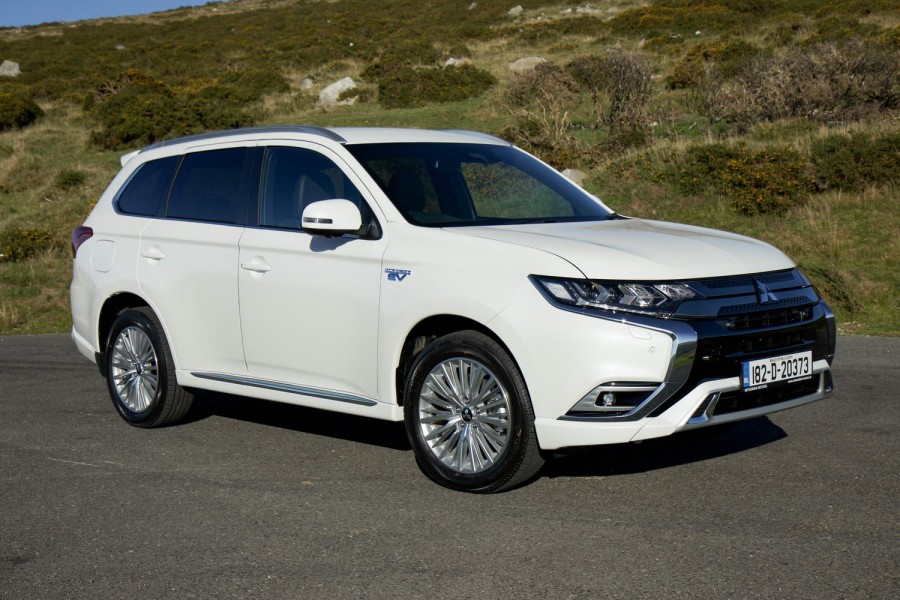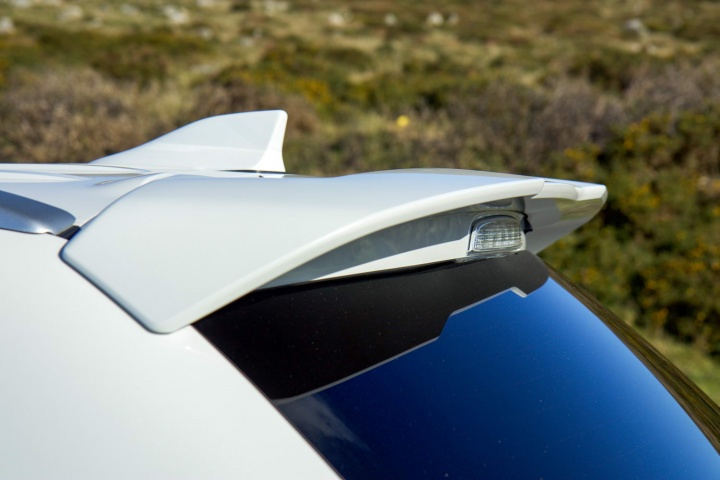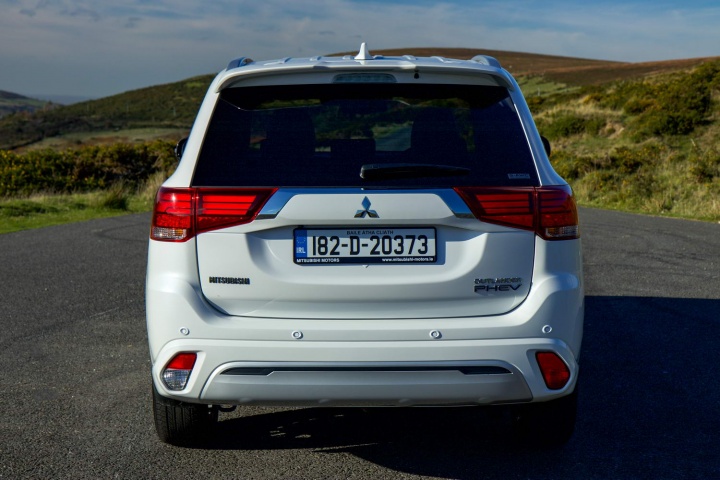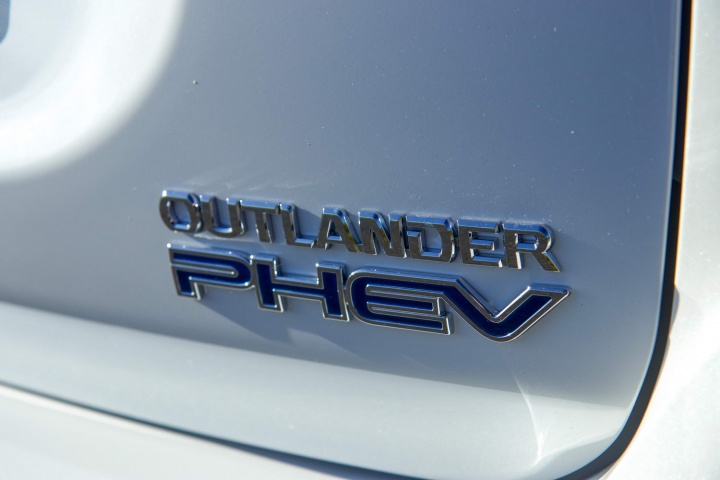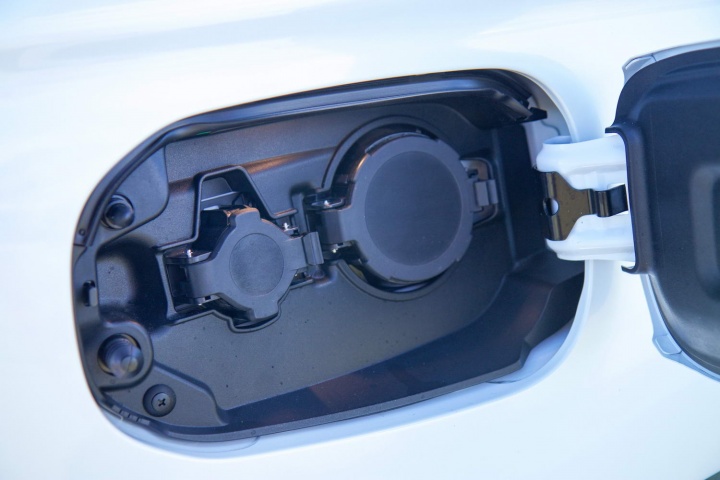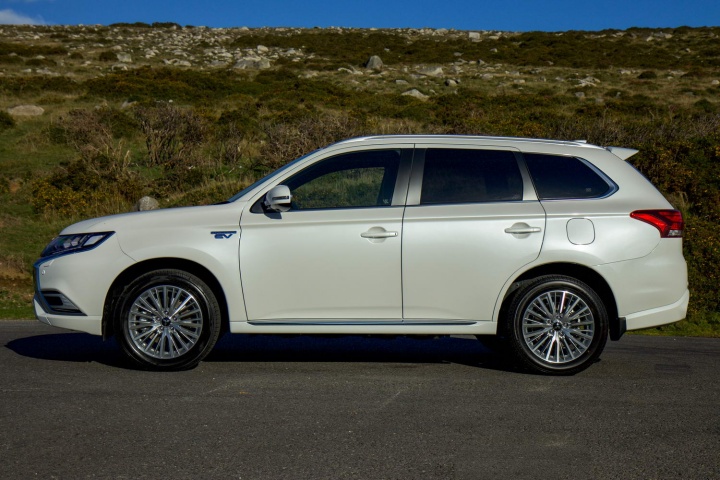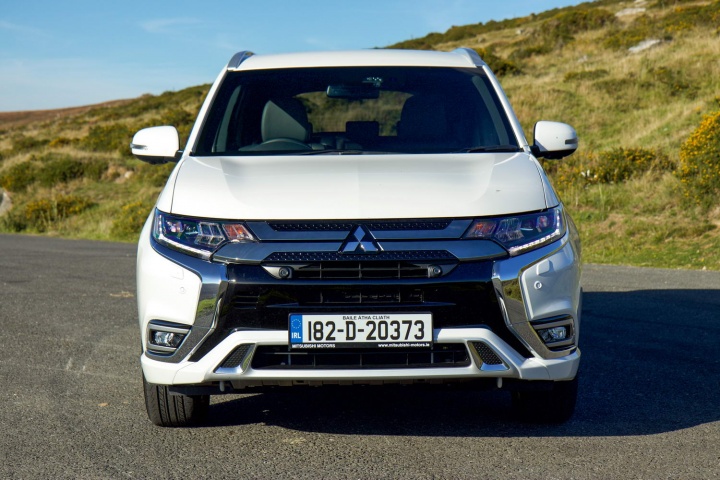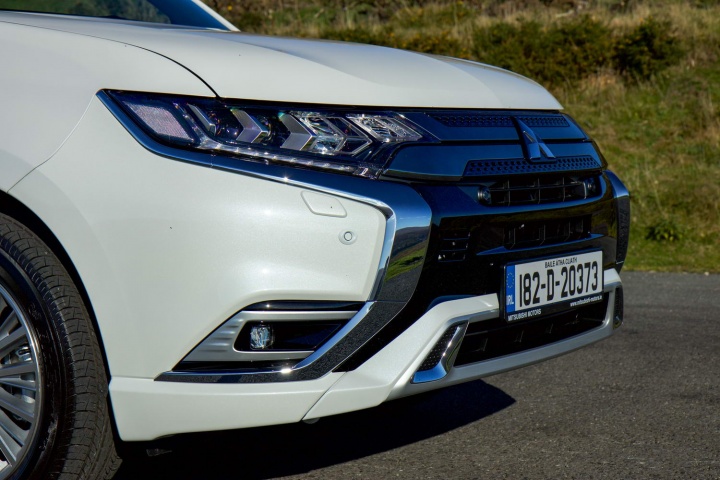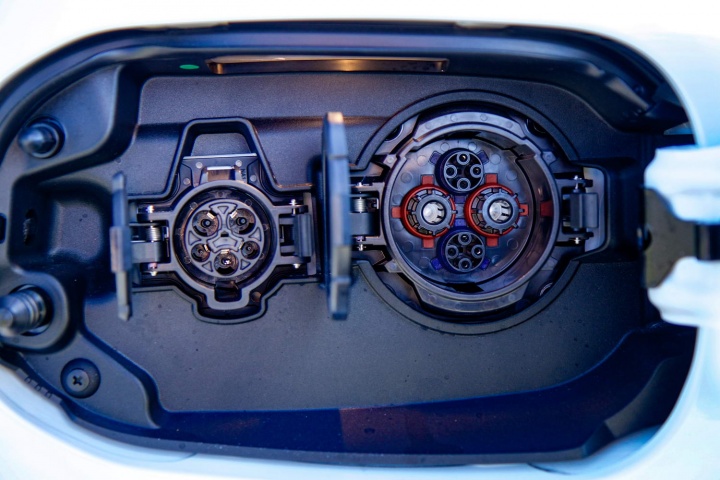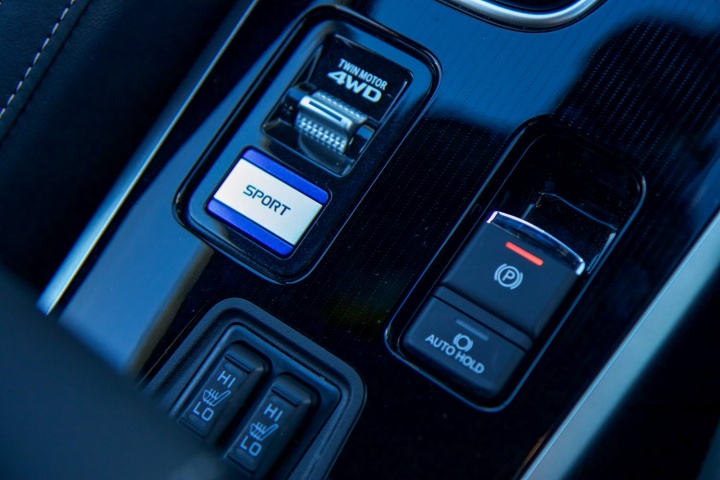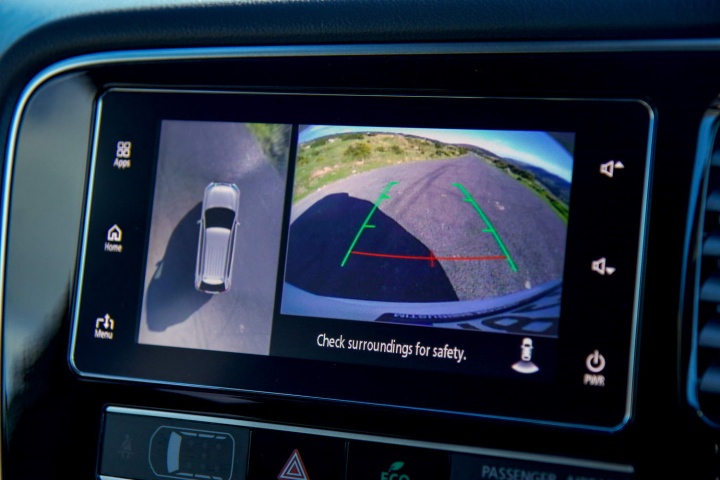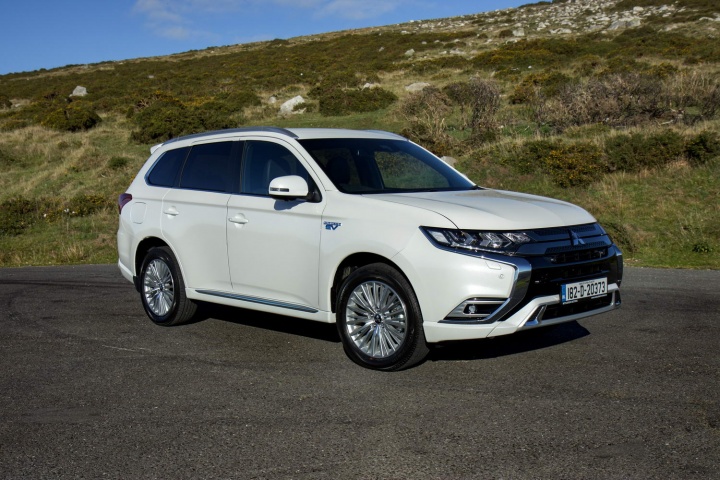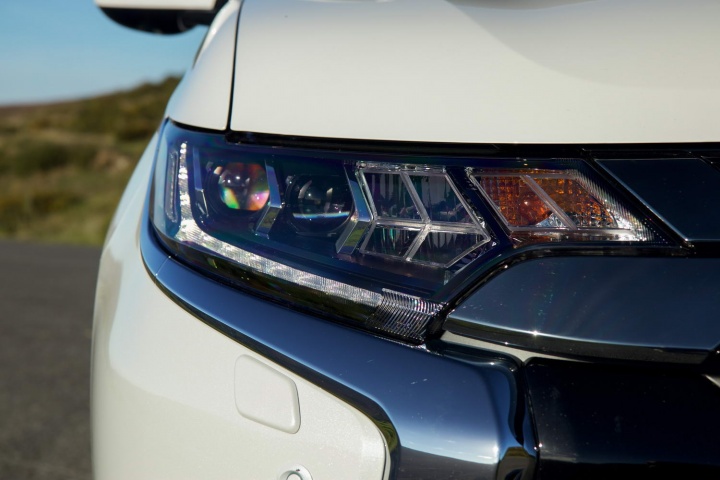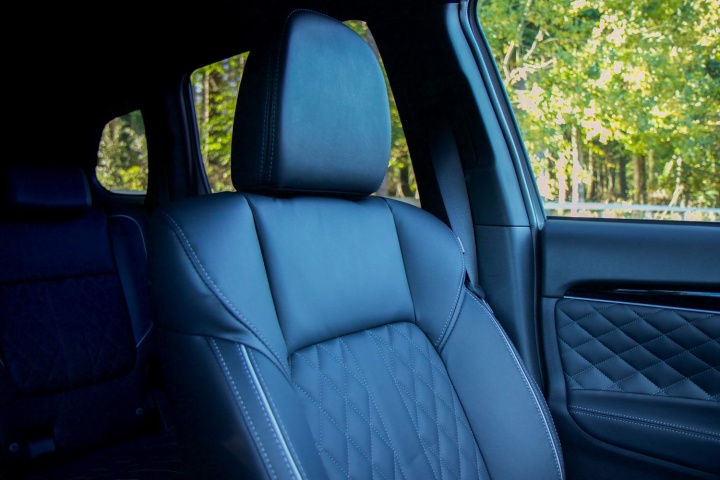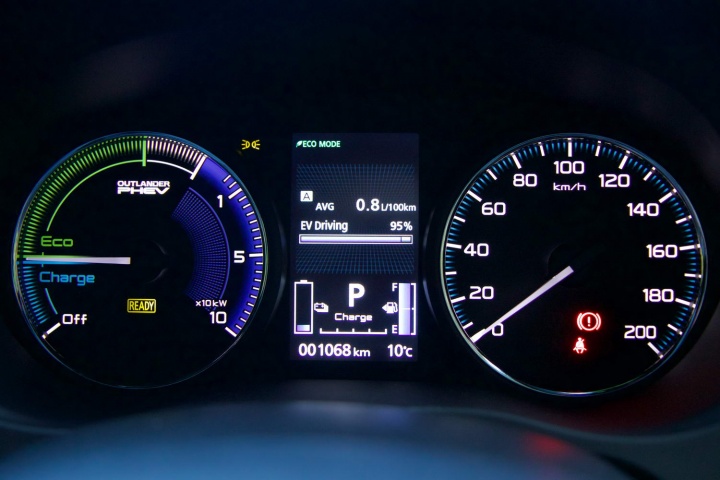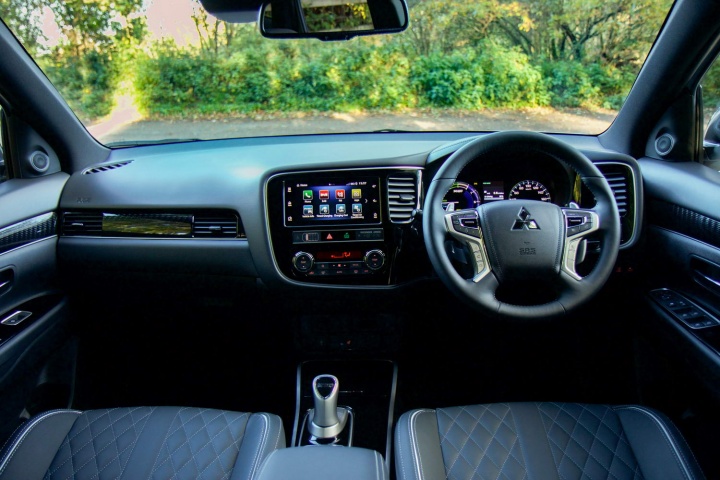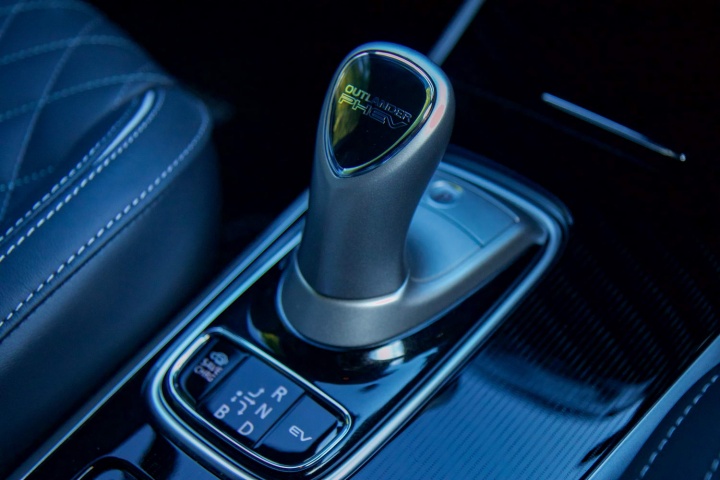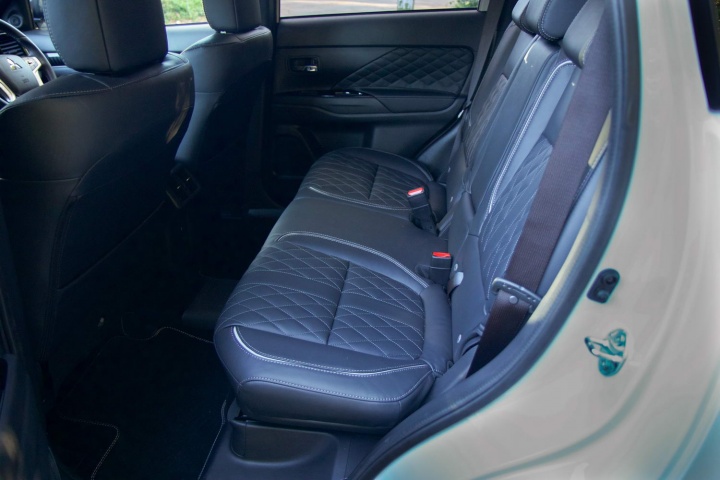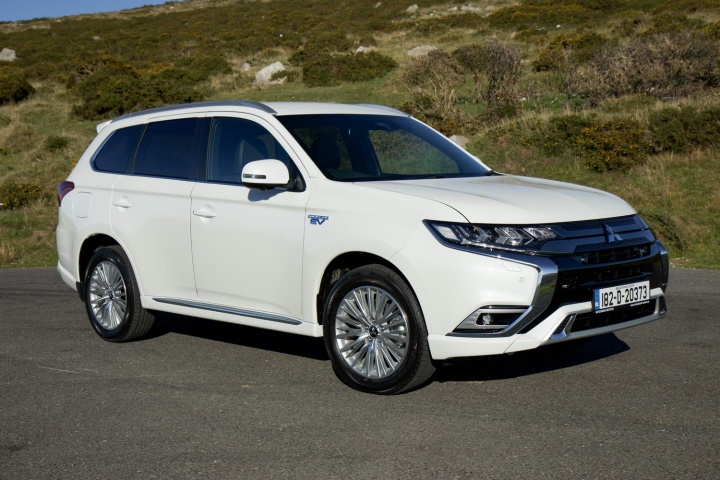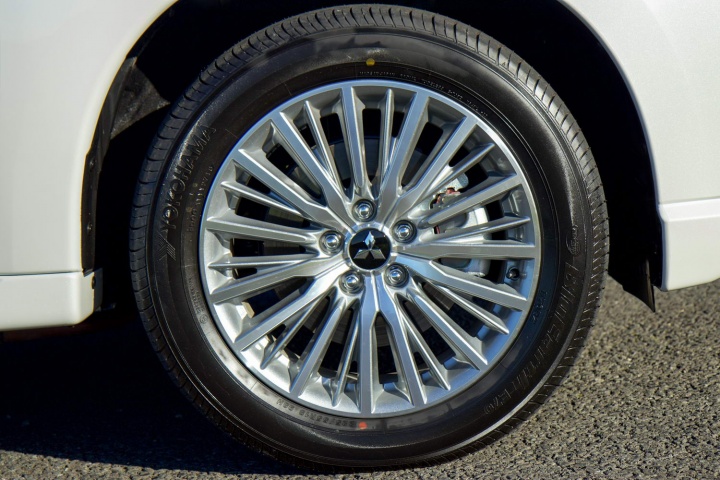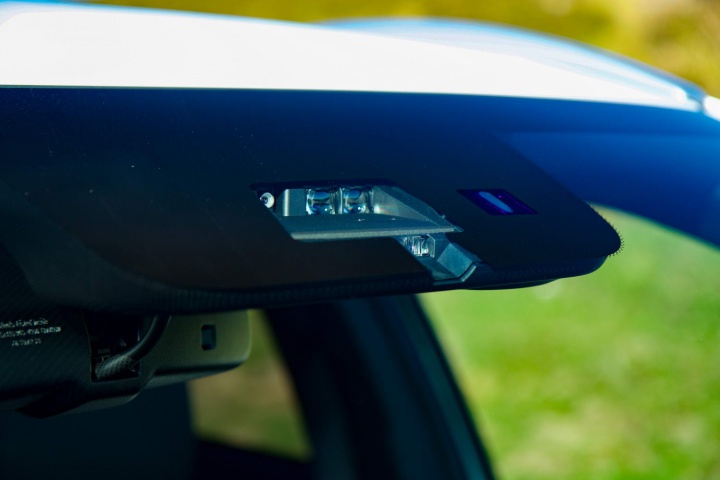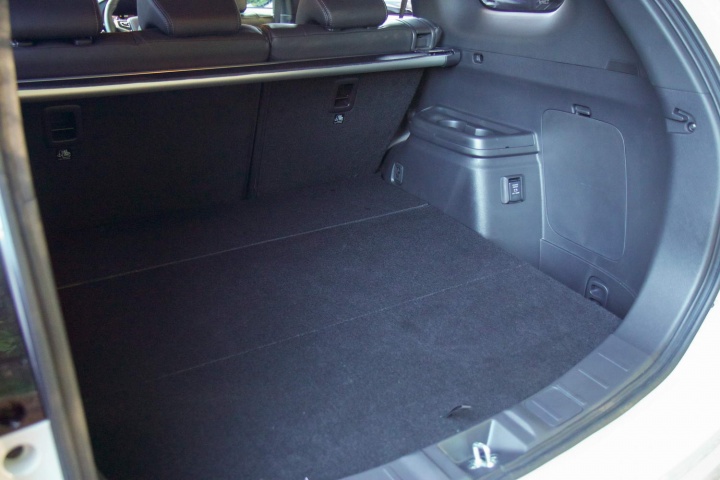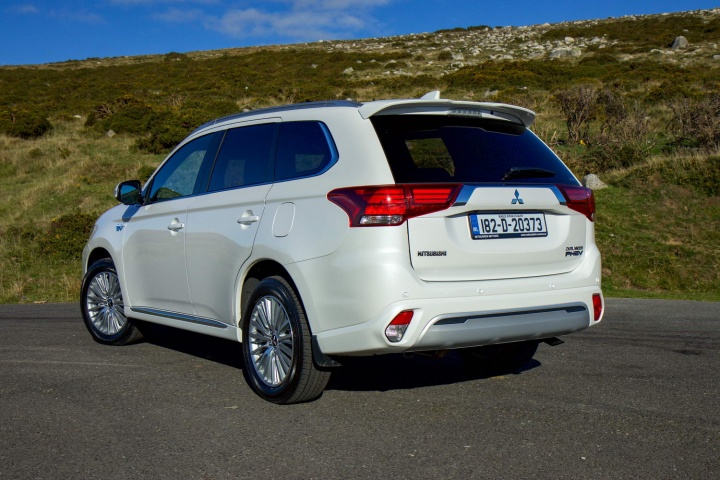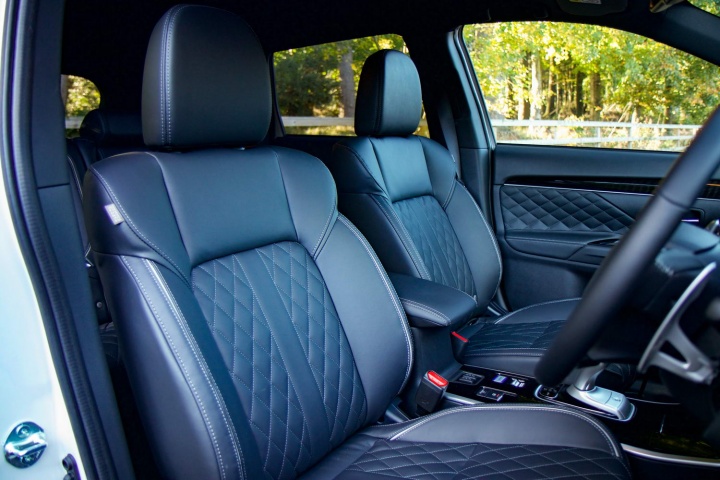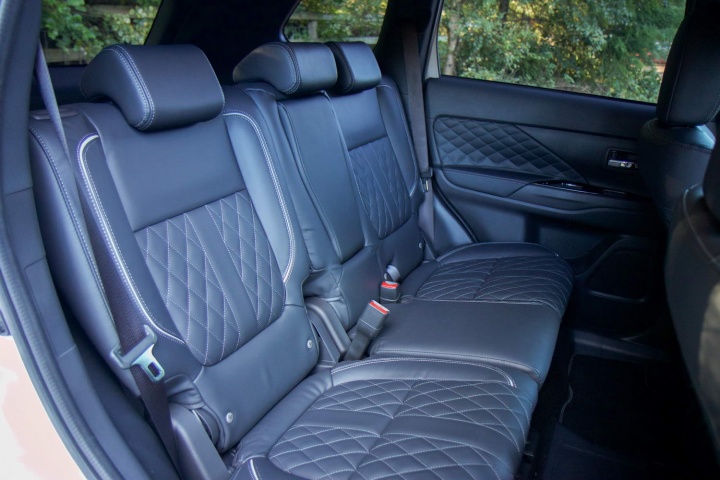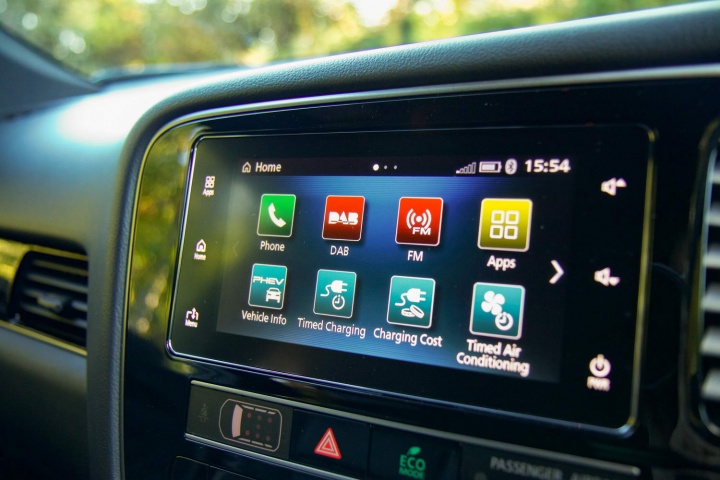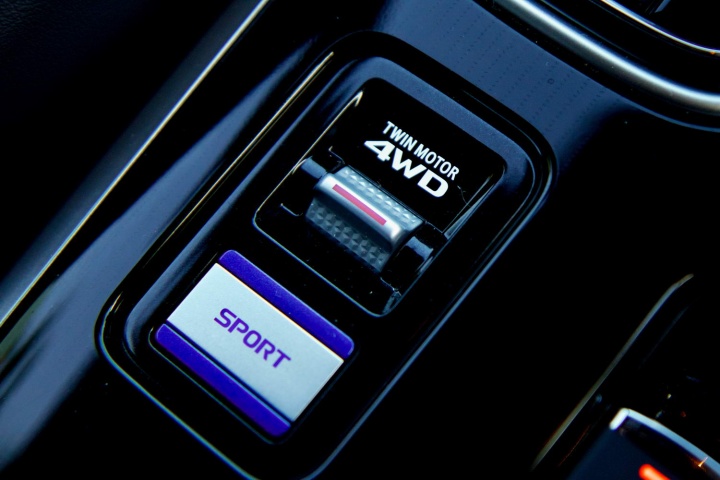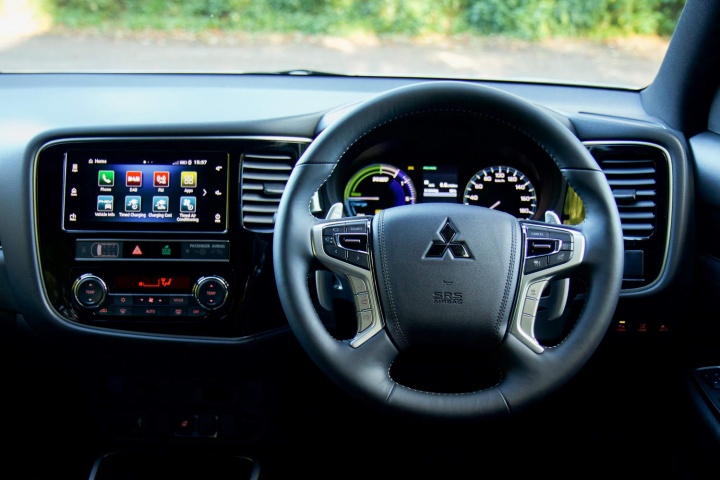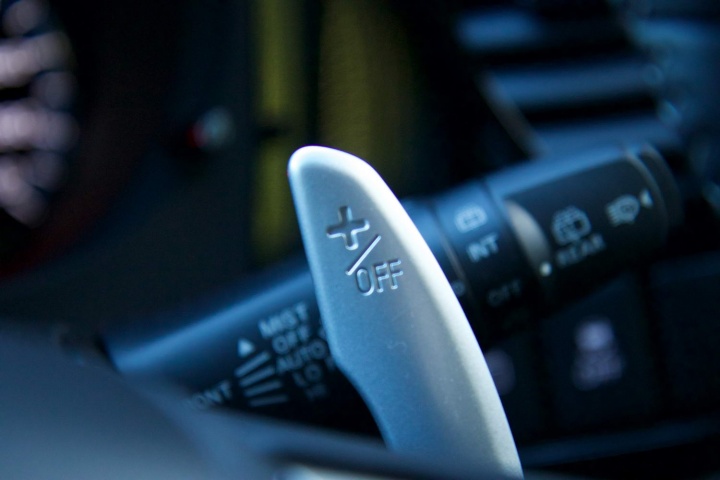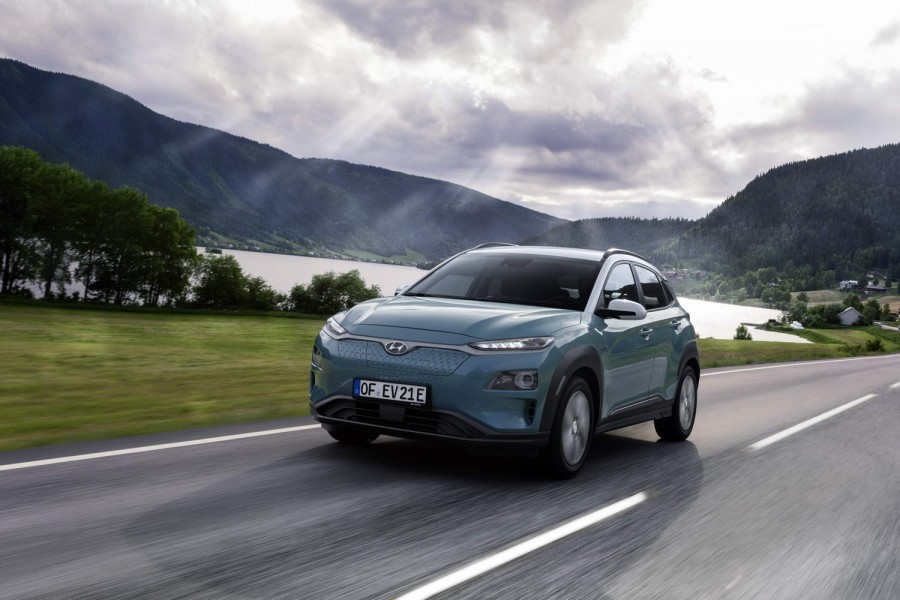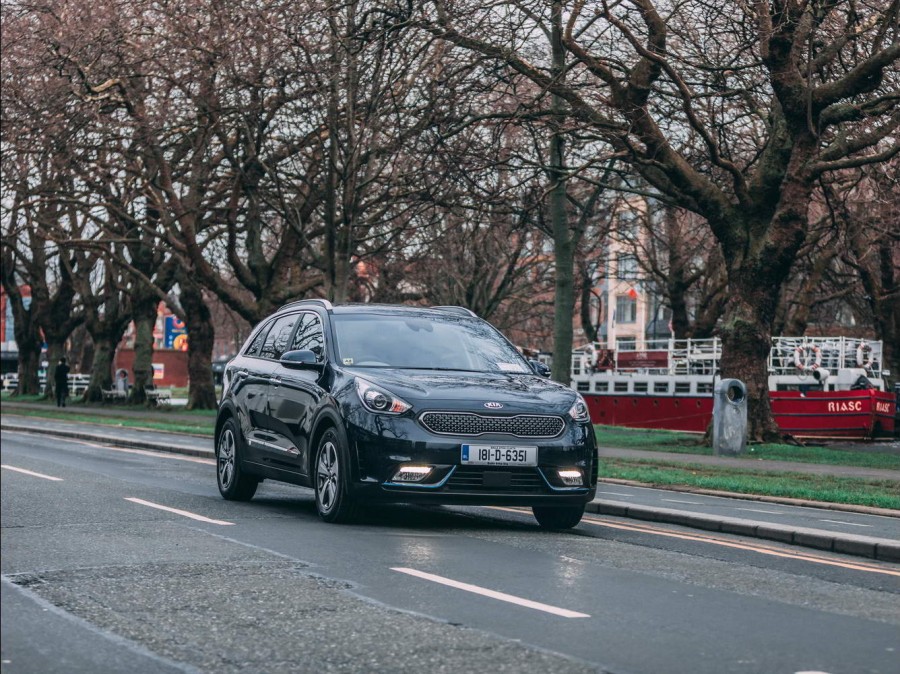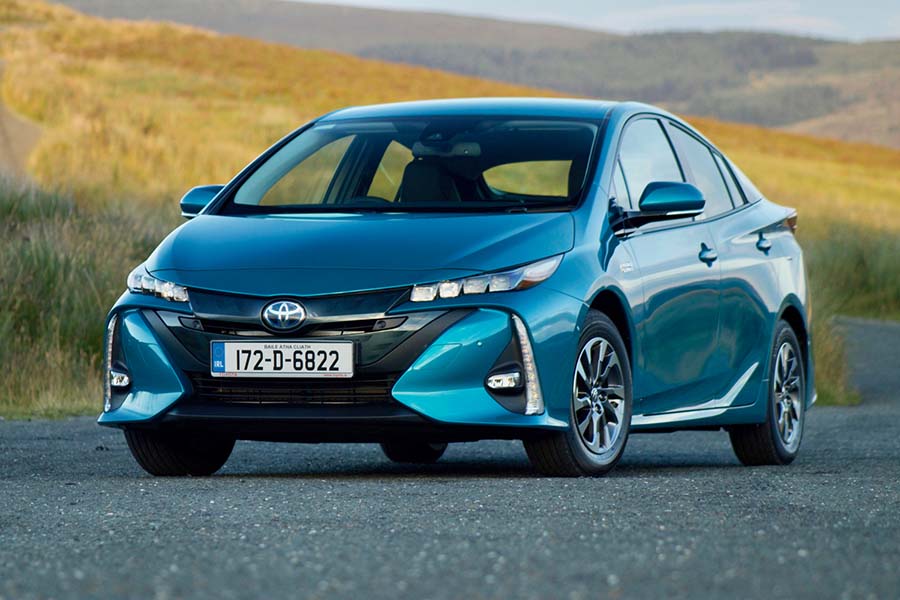What are you driving?
This is the much-updated Mitsubishi Outlander PHEV, or plug-in hybrid electric vehicle. Mitsubishi was one of the first brands to introduce a plug-in hybrid to the market, and this is actually the second major update of the car. Last time out it was a major change for the styling; this time it's a rather more profound update to the mechanical and electrical package.
So, out goes the old 2.0-litre petrol engine and in comes a 2.4-litre unit, running on the fuel-saving Atkinson cycle (which holds the intake valves open a little longer - good for economy, but not so good for power). This new engine produces 135hp. The electric side of things has been upgraded too. The battery stack now has a higher power capacity, which results in an increased 45km one-charge range, while the rear electric motor now develops 95hp. The front electric motor (yes, this being a Mitsubishi, it's full-on four-wheel drive even running on just the batteries) continues with its 82hp rating.
The upshot of all this mechanical and electrical newness is that the Outlander PHEV can get through the tougher WLTP-NEDC2 fuel economy tests with barely a dent in its official CO2 figure, which now stands at 46g/km. It has also seen a significant price cut, with prices now starting at under €40,000 when you take the SEAI electric vehicle grant and the VRT reduction into consideration, which is significantly cheaper than the price of the updated diesel-engined model. We'd have to check our history books, but this may well be the first instance of a plug-in version of a car being cheaper to buy than that with a conventional engine. Kudos to Mitsubishi for that.
Elsewhere, the cabin has had a mild makeover. The overall structure is the same, but the quality levels have been improved, and there's gorgeous, optional, quilted leather on the seats.
Name its best bits
Minor stuff first - those quilted leather seats are really, really good. The leather is of very high quality, it's baby's-butt-soft, and the seats themselves are comfortable and supportive. Their presence really lifts the ambience of what would otherwise be a slightly dull and dour cabin.
The next thing that's good is the combo of batteries and electric motors. Based on our experience, you should get pretty close to Mitsubishi's official 45km battery range on a full charge, if that is, you're driving around town and making the most of brake energy recuperation. Out on the open road, the extra demands on the system will most likely trim that to between 20-25km - still useful, but rather more limited.
The Outlander's refinement is also excellent, which you'd expect from a half-electric car. Obviously, running on just the batteries means that there's no engine noise to worry about, but the suppression of wind and tyre noise is also impressive. Once the petrol engine kicks in, that refinement is carried over, although under hard acceleration you do have to put up with a bit of the usual CVT gearbox roar and bellow until you reach your desired speed.
Actually, speaking of acceleration, there's quite a bit when you stick the Outlander into Sport mode. Instead of the tranquil acceleration of Eco mode, Sport unleashes the full low-down grunt of the electric motors and, at low-to-medium speeds, the Outlander surges forward with some proper, and enjoyable, vim. That obviously trails off as the speed rises and the petrol engine takes over more of the effort (the official 0-100km/h time of 10.7 seconds is acceptable more than it is impressive), but the off-the-line urge is very pleasant, and useful in tight traffic.
Anything that bugs you?
The Outlander's handling is only OK - the steering's too light for any real enjoyment or engagement, but at least in compensation the ride comfort is decent.
The problem comes when you've exhausted the batteries and are relying on the Outlander to act as a conventional hybrid. While it marks an improvement over the old model in terms of average fuel economy, and is better on long motorway runs than the old one, there were too many times during our test drive when economy ran down too close to the 30mpg mark. The likes of the Toyota Prius Plugin and Kia Niro PHEV have, recently, shown that plug-in hybrids can achieve impressive (like, 60mpg+) economy even when you're running them without charge in the batteries. In spite of its new engine and electric system, the Outlander is still disappointingly old-school in this regard.
And why have you given it this rating?
There are still some limitations to the Outlander PHEV and, in spite of the updates, it remains a car around which you have to fit your life, rather than one that slots seamlessly into your schedule. Basically, like a smartphone, you just have to keep it plugged in as much as possible. Does that leave it behind the newest long-range electric cars? Arguably, yes, but the Outlander does have one major point in its favour - it's not reliant on the parlous national electric vehicle charging network, and so is more versatile more of the time than a pure EV right now. For those willing to work with it, it's still a compelling choice.
What do the rest of the team think?
I covered over 600km in the Outlander PHEV and came away very impressed by the 2019MY updates. It's fantastically soothing on a long journey and civilised at all times (hard acceleration aside) and actually kind of fun when you press the Sport button. Still, it only makes sense to those that can plug it in regularly to make the most of the electric part of the car. For city-bound families that like to drive an SUV without breaking the bank, it makes for a compelling choice.
Shane O'Donoghue - Editor

